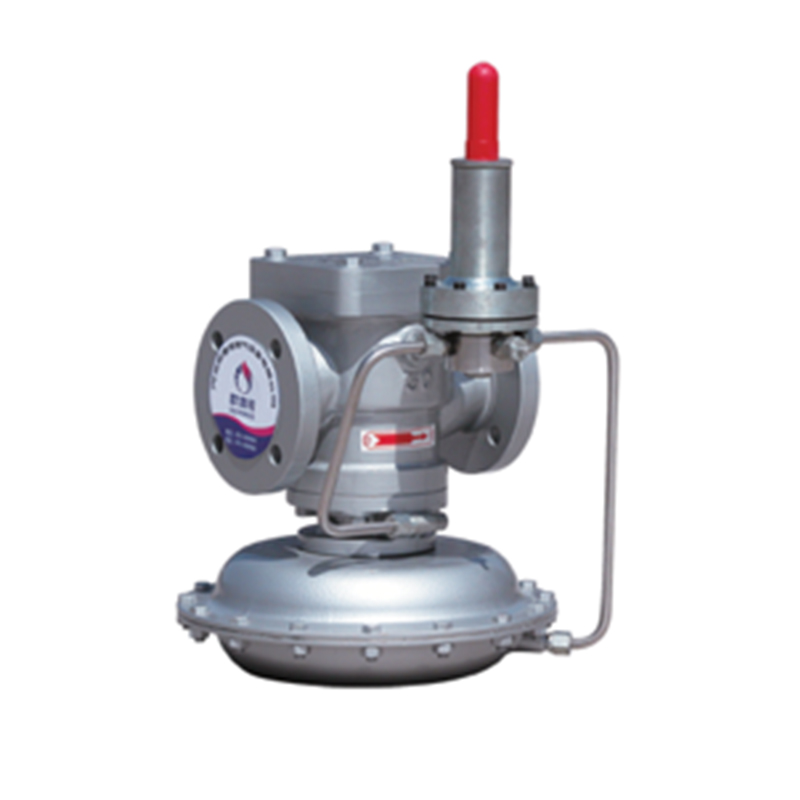
Dec . 17, 2024 01:07
Back to list
Understanding Gas Pressure Regulator Valves for Efficient Gas Management
Understanding Gas Pressure Regulator Valves
Gas pressure regulator valves play a crucial role in various applications across industries, including residential and commercial heating, manufacturing, and medical systems. These valves are essential for ensuring consistent pressure and safe operation of gas systems. In this article, we will explore the functionality, types, and importance of gas pressure regulator valves.
What is a Gas Pressure Regulator Valve?
A gas pressure regulator valve is a device used to control the pressure of gas flowing in a system. It helps maintain a steady and safe output pressure despite changes in the input or supply pressure. This functionality is critical because excessive pressure can lead to hazardous situations, including leaks, equipment damage, and potential explosions.
The basic principle of operation involves reducing the high inlet pressure to a lower, constant outlet pressure. This is achieved through a mechanism that adjusts the flow of gas based on the demand from the system downstream. When the flow of gas is high, the regulator compensates by adjusting its opening to allow more gas to flow through, and when the demand decreases, it closes slightly to maintain pressure.
Types of Gas Pressure Regulators
1. Single-Stage Regulators These regulators are designed to reduce pressure in one step. They are simple and suitable for applications where inlet pressure fluctuations are minimal. However, single-stage regulators may not be ideal for applications requiring a significant drop in pressure, as they cannot adjust to large changes in supply pressure effectively.
2. Two-Stage Regulators These are more complex and consist of two regulating stages. The first stage reduces the high inlet pressure to an intermediate level, while the second stage further reduces it to a lower, constant output pressure. This two-step process allows for more precise control and stability, making them ideal for applications with high pressure variations.
3. Ventable Regulators Some applications may require venting excess pressure in specific circumstances. Ventable regulators have built-in venting mechanisms that release excess pressure to the atmosphere. This feature can be critical in safety applications, where maintaining pressure limits is paramount.
gas pressure regulator valve

4. Internal Relief Regulators These regulators have an integrated relief valve that prevents over-pressure conditions within the system. If the outlet pressure exceeds a predetermined limit, the relief valve opens to release gas, thus protecting downstream equipment from damage.
Importance of Gas Pressure Regulators
Gas pressure regulators are vital for several reasons
- Safety The most critical function of a gas pressure regulator is safety. Regulating pressure prevents dangerous situations like leaks, backflows, or explosions, ensuring that gas systems operate safely within designed parameters.
- Efficiency By maintaining consistent pressure, these regulators optimize the performance of gas-utilizing equipment. This efficiency can lead to reduced energy consumption and lower operational costs.
- Equipment Protection Regulating the pressure protects sensitive equipment that may be adversely affected by sudden pressure spikes or drops. This protection extends the lifespan of not only the regulator itself but also downstream devices and machinery.
- Compliance Many industries are subject to strict regulations concerning gas handling and safety. Using appropriate gas pressure regulators helps ensure compliance with these regulations, which is crucial for legal and operational integrity.
Conclusion
In conclusion, gas pressure regulator valves are essential components in various gas systems, contributing significantly to safety, efficiency, and overall performance. Whether in residential heating systems, industrial manufacturing, or medical gas applications, their role cannot be overstated. Understanding the different types of regulators and their functions can help users select the appropriate equipment for their specific needs, ensuring reliable and safe operation of gas systems. Investing in high-quality gas pressure regulators is not just a matter of efficiency, but a necessary step towards maintaining safety and compliance in gas handling procedures.
Next:
Latest news
-
Safety Valve Spring-Loaded Design Overpressure ProtectionNewsJul.25,2025
-
Precision Voltage Regulator AC5 Accuracy Grade PerformanceNewsJul.25,2025
-
Natural Gas Pressure Regulating Skid Industrial Pipeline ApplicationsNewsJul.25,2025
-
Natural Gas Filter Stainless Steel Mesh Element DesignNewsJul.25,2025
-
Gas Pressure Regulator Valve Direct-Acting Spring-Loaded DesignNewsJul.25,2025
-
Decompression Equipment Multi-Stage Heat Exchange System DesignNewsJul.25,2025

